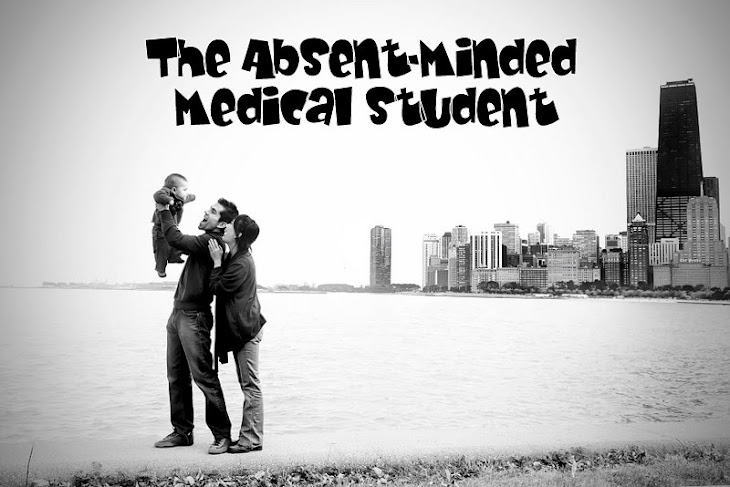
 This is the current logo for the dept of health and human services and the CDC. They have a few, but I was hoping this was the one they would have for clothes to sell but this wasn't it.
This is the current logo for the dept of health and human services and the CDC. They have a few, but I was hoping this was the one they would have for clothes to sell but this wasn't it.There was one item that used something similar: anyone want a CDC onesie?

Here are some pics of the main entrance.




They check your car for bombs by looking in the trunk, hood. I was a little surprised. We went to the museum and these were pics Keiko found interesting.
The CDC started out as a branch of service that was purely for the military. It was also originally purely for malaria control. It was costing a lot of money to the military as they had lots of malaria problems in their training camps. While most of these organizations were in DC, the CDC decided to form home base where the problem was the worst, the south. Emory Univ donated a bunch of land and the CDC has been in Atlanta ever since. It eventually branched out into other infectious disease and now does all public health problems, including obesity, asthma, and works in many other countries.

The first is of a poster of a public health message to soldiers to drink only clean water.
 This is a machine that was known as the iron lung. It was one of the first artificial breathing machines. It was very common when polio was a common disease and all the children who were paralyzed (including breathing muscles) had to be put on these until they died or regained control. FDR made this disease famous (that's why he was in a wheelchair).
This is a machine that was known as the iron lung. It was one of the first artificial breathing machines. It was very common when polio was a common disease and all the children who were paralyzed (including breathing muscles) had to be put on these until they died or regained control. FDR made this disease famous (that's why he was in a wheelchair).The CDC has helped eliminate polio from most of the world. It remains in only a few countries where 100% vaccination has prevented it from being eliminated.
 All CDC entrances have security guards and airport style security places. Keiko can't get into many buildings because she isn't a US citizen. She can't even visit me at work.
All CDC entrances have security guards and airport style security places. Keiko can't get into many buildings because she isn't a US citizen. She can't even visit me at work. This kind of shows what I do on outbreaks for tuberculosis or HIV. We found people who have the disease, interview them to find people they might have given to or received from and then go to all those people to test them for the disease. Anyone who test positive gets interviewed and we branch out to find more people. You can then find out who has the disease and treat them. You can also find certain places like churches, bars, homes where disease like tuberculosis might be spreading.
This kind of shows what I do on outbreaks for tuberculosis or HIV. We found people who have the disease, interview them to find people they might have given to or received from and then go to all those people to test them for the disease. Anyone who test positive gets interviewed and we branch out to find more people. You can then find out who has the disease and treat them. You can also find certain places like churches, bars, homes where disease like tuberculosis might be spreading. Keiko is out to save the day from a terrible ebola virus outbreak!!!
Keiko is out to save the day from a terrible ebola virus outbreak!!! We are making pals with mosquitos, a diplomatic way to control malaria.
We are making pals with mosquitos, a diplomatic way to control malaria. This poster explains how dangerous diseases are transported. There are a lot of layers.
This poster explains how dangerous diseases are transported. There are a lot of layers. Keiko was interested in small pox. As you may know, it was a terrible disease for a long time. It was also the first disease to have a vaccine. A farmer and doctor noticed people who got cowpox from the cows on the farm never got small pox and figured it out from there.
Keiko was interested in small pox. As you may know, it was a terrible disease for a long time. It was also the first disease to have a vaccine. A farmer and doctor noticed people who got cowpox from the cows on the farm never got small pox and figured it out from there.
Small pox still exists in labs and some are afraid that some countries or militant groups may want to use it as a weapon so the CDC still stocks vaccines and has to be prepared for it.
If anyone has a question about the CDC, feel free to ask.
Here is the emergency operations center. I got a tour of it. It looks like NASA's central command. This is where they manage emergencies, like swine fly or 9/11. It was rather impressive looking.



No comments:
Post a Comment